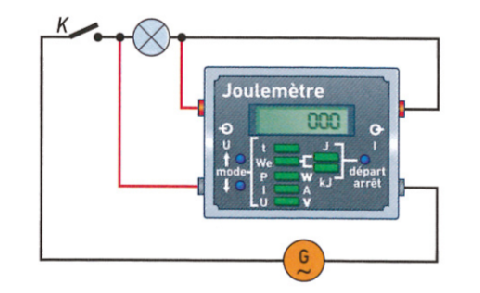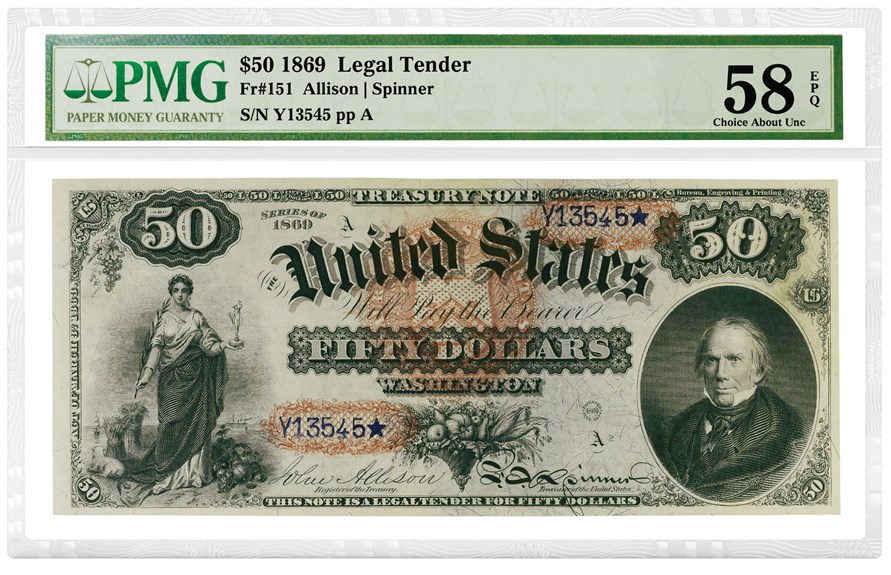Content
- How Do Electronic Payments Work?
- Advantages & Disadvantages of E-Payment
- Steps to Choosing an Accounts Payable Software that is Compatib…
- Depends on having an internet connection
- Electronic Payment services and Online Banking accounts have increased potential for systems security.
- Increased access to banking services

Then, if you lose your phone or are unlucky enough to have it stolen, it’ll only be a minor inconvenience as long as you have your device secured. Finding ways to bank the unbanked is a problem everywhere, to a greater or lesser extent. Many individuals working for minimum wage or who don’t have a fixed address often experience difficulties when trying to find affordable banking options. There are benefits to using e-wallets both for the consumer and the merchant.
You will see electronic payments abbreviated in many ways like “epayment” or “e-payment” but it’s all the same. People use electronic payments because they want to make it easier to transfer money and buy things online. E-payment is the collective term for any electronic payment system. In the age of online banking and e-commerce, e-payments are an increasingly popular and versatile way to facilitate transactions. For businesses who are yet to accept electronic payments, these figures may come as a shock and could well explain a recent draught in custom. Cash payments are slowly fizzling out, and while almost all businesses still accept cash, the amount being carried by customers is decreasing.
Inadequate authentication also damages electronic payment systems. Without superior identity verification measures like biometrics and facial recognition, anyone can use someone else’s electronic cards and wallets and run away without getting caught. These security concerns can make some people reluctant to use electronic payment systems.
How Do Electronic Payments Work?
Users should learn what protections are in place with respect to fees and penalties applied to improperly processed payments. Every need or obligation is different, and for some, the electronic payment services may be of great help. Electronic payments are especially common for e-commerce retailers who complete online transactions and need their customers to pay online.

Because you can pay for products or services online from anywhere in the world at any time of the day or night, your customers don’t have to spend time online waiting for their turn. They also don’t have to wait for a check to free the bank to access the funds they need to make purchases. Electronic payment also eliminates security risks when handling cash.
Advantages & Disadvantages of E-Payment
As we’ve said, this could be a monthly rental fee or simply a percentage of each transaction. These additional costs can add up, but thankfully most providers offer a reasonable package that shouldn’t hit the wallet too hard. Regardless of which of the above electronic payment methods your customer is using, they all technically work the same way. Be aware that there is a fee related to processing ACH payments, but it’s typically cheaper than credit or debit card processing fees. These fees can be assessed as a flat fee per transaction, a percentage fee, a monthly fee, or a batch fee. Now that you understand the different payment frequencies, let’s dig into the different electronic payment methods.
Let’s look at one prime example of inefficiency that you could eliminate pretty much overnight.
With Soldo it’s easy to distribute cards amongst your team so that every individual feels empowered to spend. For a more secure way of handling e-payments, switch to Soldo today and get complete peace of mind. On the other hand, if you pass away suddenly, you will lose the income benefit. However, you may be able to pay extra to designate a beneficiary, depending on the contract. Additionally, annuities are illiquid, meaning you might not have access to the money if you need it suddenly. Annuities can be either immediate or deferred, depending on when you begin to receive payments.
No one ever has to worry about an eCheck going missing in the mail or taking three weeks to get wherever it’s supposed to go. People might be familiar with the Automated Clearing House, or ACH as the method for direct deposit of paychecks, with more than 90 percent of workers preferring to get paid this way. Bank transfers can include disadvantages of e-payment any sort of electronic transfer, be it ACH, wire, and so on. Money may be transferred from one account to another using this feature, and the consumer can obtain this monetary value from any bank or organisation. To integrate the electronic payment system with the current payment system, the following specific requirements must be met.
Steps to Choosing an Accounts Payable Software that is Compatib…
Particularly with the ongoing COVID-19 pandemic, people don’t want to have to be handling cash or touching credit card payment terminals if they don’t have to. This extends to the world of B2B and accounts payable as well, where workers can benefit just as much from opportunities for efficient but remote payments. Mobile pay functions like an actual wallet in every respect except that they keep a person from having to schlep around cash. Otherwise, credit card and banking information can be keyed into them and the wallets can function seamlessly and securely.
Although B2B electronic payment systems make up a sizable portion of the market, many credit/debit card transactions fall under the B2C category. In this sense, electronic funds transfer, or EDI, is a beneficial tool for business-to-business and business-to-consumer transactions. The use of electronic payment systems has skyrocketed in recent years, and this has been further exacerbated by the pandemic. The preference for physical payment methods like cash and cheques is at an all-time low, and it doesn’t look like that trend is going to reverse anytime soon. It’s not just consumers either; business owners are moving away from petty cash and embracing e-payment systems such as prepaid business cards. Debit and credit card payments are the most common electronic payment methods.
Payments can also be made at a faster rate, which can improve supplier relationships. Mail us on h[email protected], to get more information about given services. You may access the specific information from any account using this attribute.
Depends on having an internet connection
The setup for this type of service is also relatively easy, with businesses not required to have a certain number of transactions run through PSPs each month. There are an increasing number of payment providers willing to front their customers their money sooner for a nominal fee, typically 1 percent up to a certain amount. As with credit card transactions, vendors might charge their customers a fee or raise their rates in order to recoup the money. Merchant accounts and payment gateways function as the traditional one-two punch for business credit payments. First, money arrives in the merchant account, a holding zone where money sits before being disbursed to individual bank accounts.
As soon as you make an online payment, you receive receipts and feedback almost instantly. Overall, payment service providers are an emerging service worth trying for the right kinds of companies, though there are some drawbacks worth noting. As smartphone adoption continues to grow in developing nations, the number of mobile payments should keep growing. The proliferation of smartphones in recent years has also coincided with a dramatic rise in mobile payments. Juniper Research projects that the number of mobile contactless payments made will exceed 49 billion in 2023, having grown 92% over the preceding two years. Electronic payments provide complete visibility and transparency throughout the entire payment process for both your business and your suppliers, thus improving the supplier relationship.
It also lowers the risk of human error by reducing the number of people touching the payment once it leaves the payer. If you’re wondering about the methods of how to accept online payments for your website, you can choose from the ways below. Not every vendor will want to go through the hassle of accepting mobile payments, so it’s wise for accounts payable departments to plan on other methods of payment.

One popular method of managing expenses is business expense cards. These will often be provided by a high street bank as a business alternative to personal credit cards. Although these company cards can be useful, their rigidity and lack of visibility means they aren’t ideal for any e-payments you or your employees need to carry out. Carefully consider the options available to you, and you’ll accept electronic payments in a way that works well for your customers and for your business. Securing funds electronically is one of the top global payment methods we have. In 2023, eCommerce retail purchases are expected to rise from 14.1% to 22%.
Compared to a cash payment or transaction, e-payments are extremely fast. What’s more, e-payments eliminate the security risk of handling large amounts of cash. Virtual wallets and electronic payments serve a purpose, especially for the payment savvy. If you’re using credit cards for payments, these can be easily lost or stolen while you’re out and about. Whereas if you input your card details into your e-wallet app as soon as you receive a new card, you can simply leave the card at home. As long as you have appropriate security set up on your device, then even if you lose it, your money will be safe.
- Here are some of the top advantages, disadvantages and other tips for using online payments.
- EPayment systems introduce a host of new benefits and advantages for businesses, giving them the competitive advantage they need to stand out.
- As with credit card transactions, vendors might charge their customers a fee or raise their rates in order to recoup the money.
- Cross-border payments can be slow, inefficient, and expensive because national banking infrastructures can’t handle global transactions.
- There are also all-in-one tools, such as PayPal, that combine merchant accounts and payment gateways.
But the time between losing the card and blocking it, is critical. Unauthorized users may carry out transactions in your name during that period. While this is taken as a safety measure, some may find it inconvenient. The access to money may be delayed in case of electronic modes as against having physical access to money. In case of taking electronic payments, the payment terms may need to be longer. When different electronic payment services do not cooperate with one another, e-currency exchange services may need to be opted for.
Increased access to banking services
You can do this by filing a claim with your bank, online payment processor, or credit card company. But, accepting online payments can also pose problems for you and your customers. Mobile payment puts a lot on customers, one reason why it’s great for businesses to allow it but foolhardy for them to ever require it.
If it breaks, crashes – or even if you just run out of battery – then bang, there goes your latte (unless you have a backup, of course). Do you ever think about how we’d cope if the internet suddenly disappeared? We’re fully dependent on being online for so many aspects of our lifestyle. Whether you prefer to carry a bag with you or not, having just one device to use for everything makes for a much easier day.
